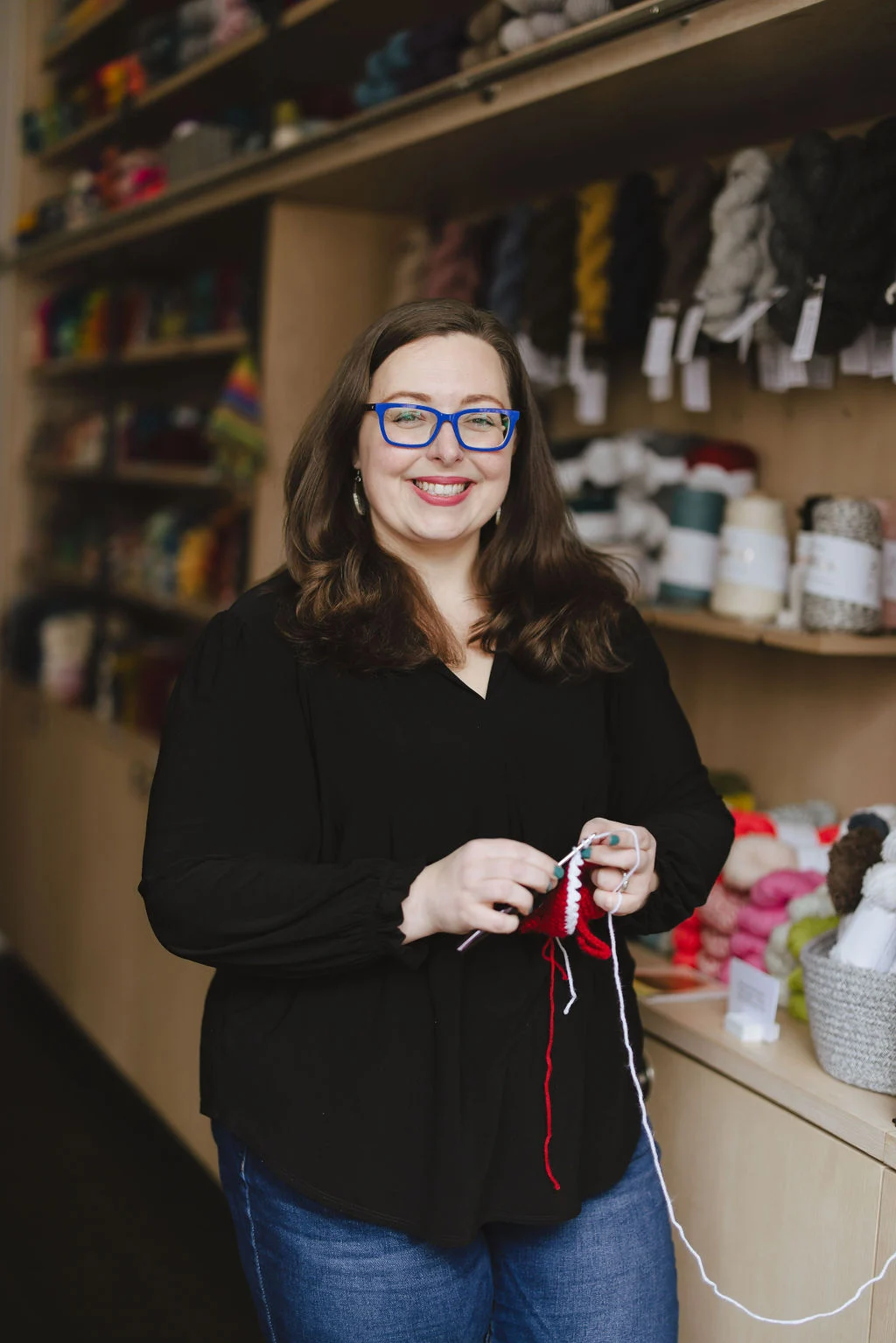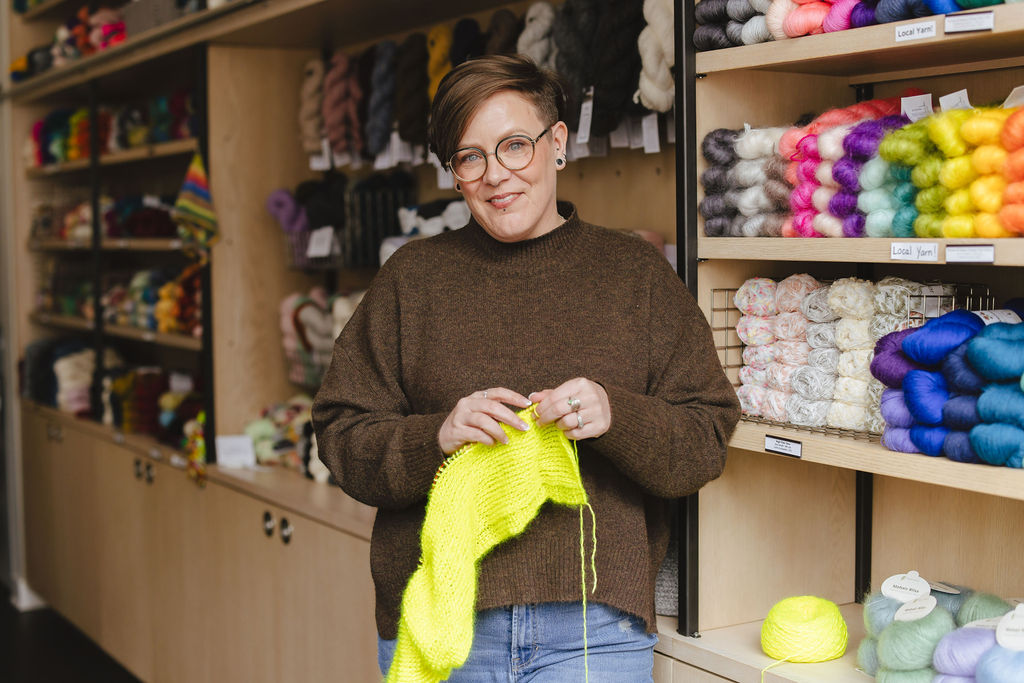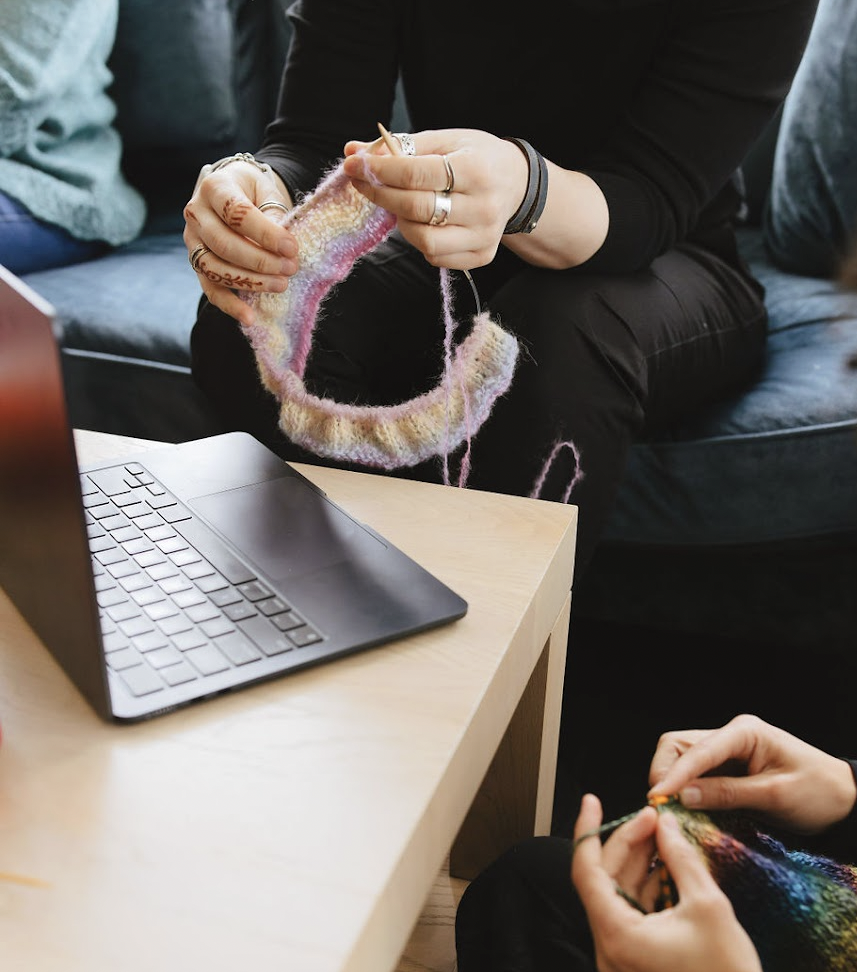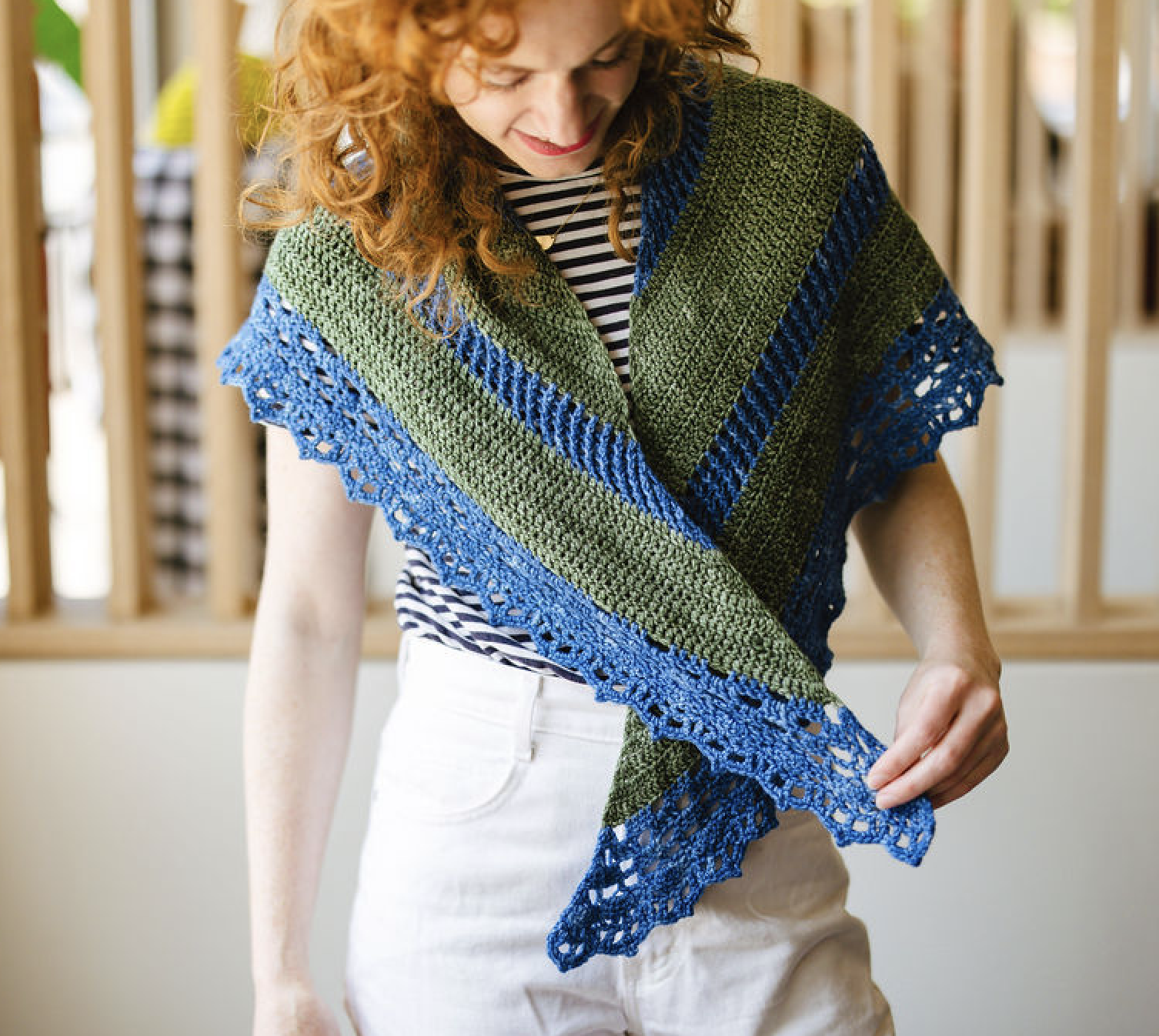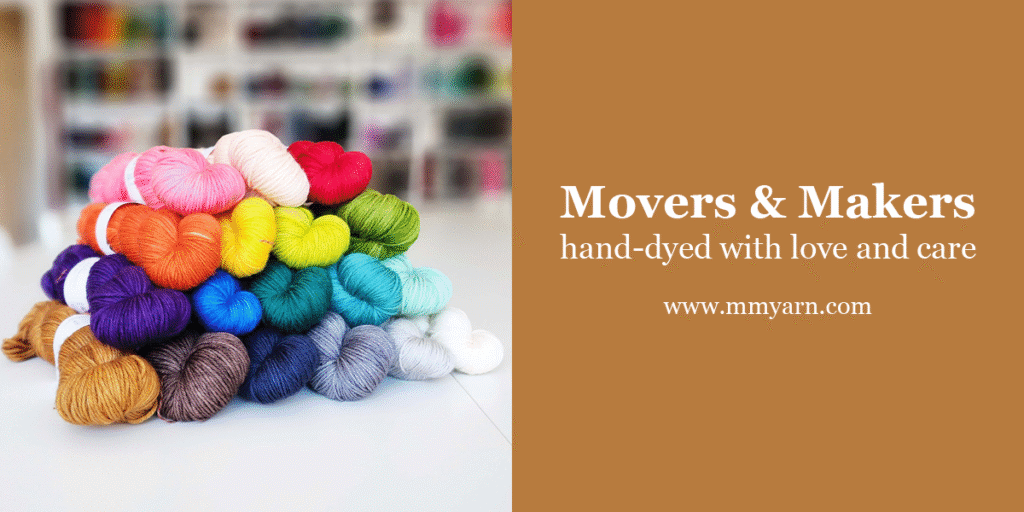Teaching in-person classes is not only super fun but it’s also an excellent way to connect with other makers in the community and expand your career! With the right setup, you can create an engaging and productive learning environment that benefits both you and your students.
Who better to give newbie teachers advice on setting up your classroom than gosadi early access user Ashley Parker of The Loopy Lamb fresh off the heels of her most recent amigurumi class at Knit City Canada. From arranging tables and chairs to utilizing technology effectively, Ashley covers all the essentials you’ll need to know to get started.
Take it away, Ashley
Teaching in-person classes is super fun, and is a great way to connect with other makers in the community and expand your career! Setting up your classroom the right way can make a big difference. Here are some easy tips to help you get started:
1. table & chair set up
Set up tables and chairs in a way that everyone can see you while you teach. Having the chairs arranged in a rectangle so everyone can see each other or in rows are my favorite ways to set up.
Make sure you have a table to set up your technology and work during the class. For my teaching table, I prefer a table that I can stand at to demonstrate things so I’m not constantly bending over or getting up and down out of a chair.
2. technology
Some great pieces of technology help make teaching larger classes easier. Having a computer, projector & screen, and a small overhead camera that integrates with the projector screen is vital for teaching larger classes.
If you have a smaller class (1 – 4 people) then you don’t necessarily need all this technology if you have a more intimate classroom set up where folks can see what you’re doing up close.
3. take advantage of low-tech teaching supports
Many events will also offer whiteboards and/or flip charts with markers to teachers. Even if you don’t think you need it, take it because you may have a question come up that could be best answered with a visual solution.
4. bring samples and sample projects
Besides bringing all the supplies you need, like yarn, hooks, scissors, and patterns. Have samples to show the class and potentially work from like a wip that relates to the class that you and show techniques with. It helps students see what they are making or could potentially make with the techniques you’re teaching them.
5. things to keep you organized
I like to bring small pouches with my samples separated for different parts of the class so I can easily access them when needed. I also bring a crochet hook tray with me which is my catch-all for my hooks and small notions so they are always in the same place and easy to grab when needed.
No one wants to watch you search for the tapestry needle that is under a stack of junk.
6. provide handouts
Give out instructions for the techniques you covered and patterns (if you make a project in class). This helps students follow along and gives them something to take home.
7. plug your socials & offer a newsletter sign up
People want to connect with you after the class so make sure to plug your social media accounts and bring a sign-up sheet where folks can sign up for your newsletter.
Setting up your classroom the right way makes teaching crochet so much easier and more fun.
Happy hooking!
Ashley Parker
The Loopy Lamb
